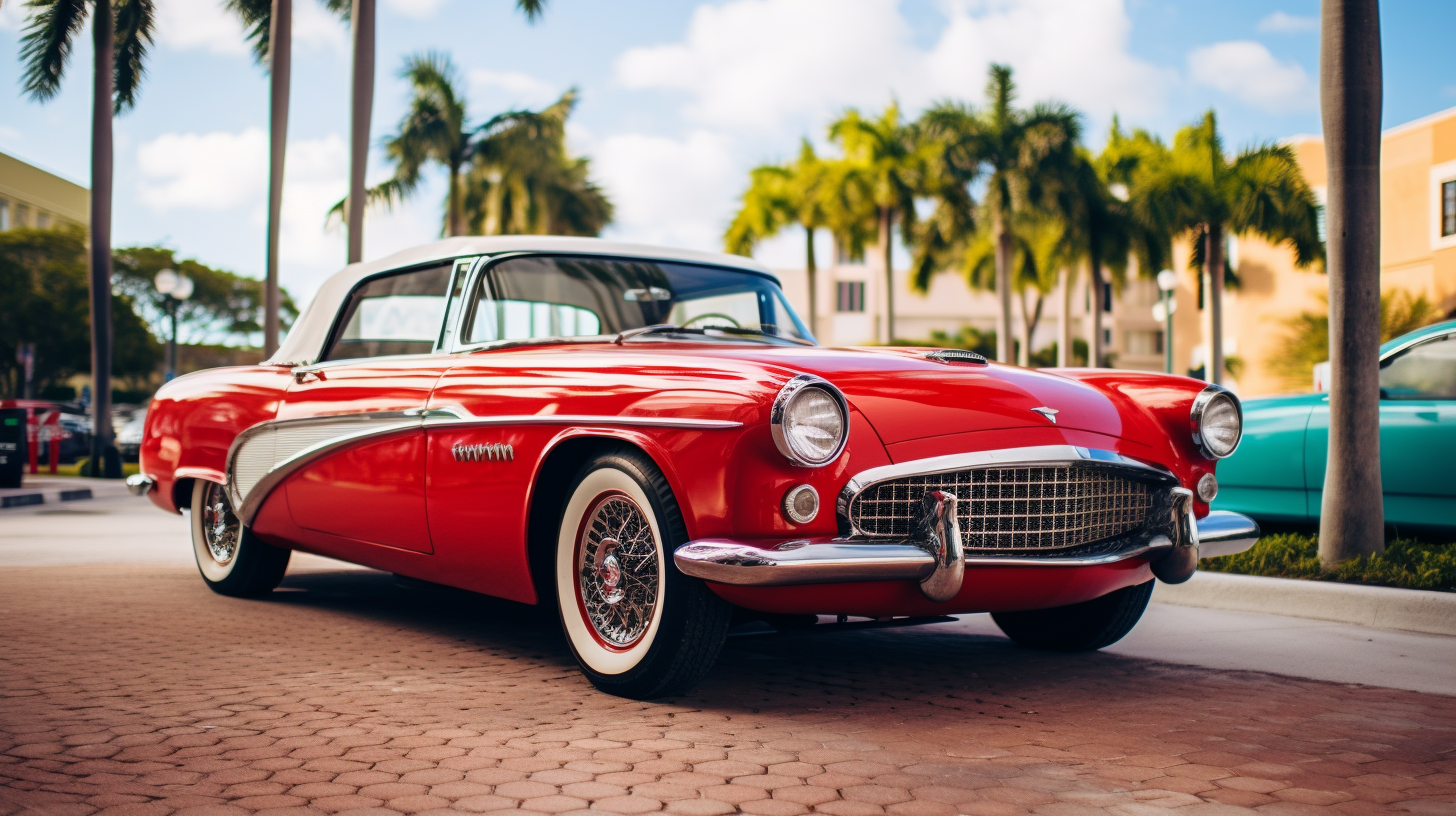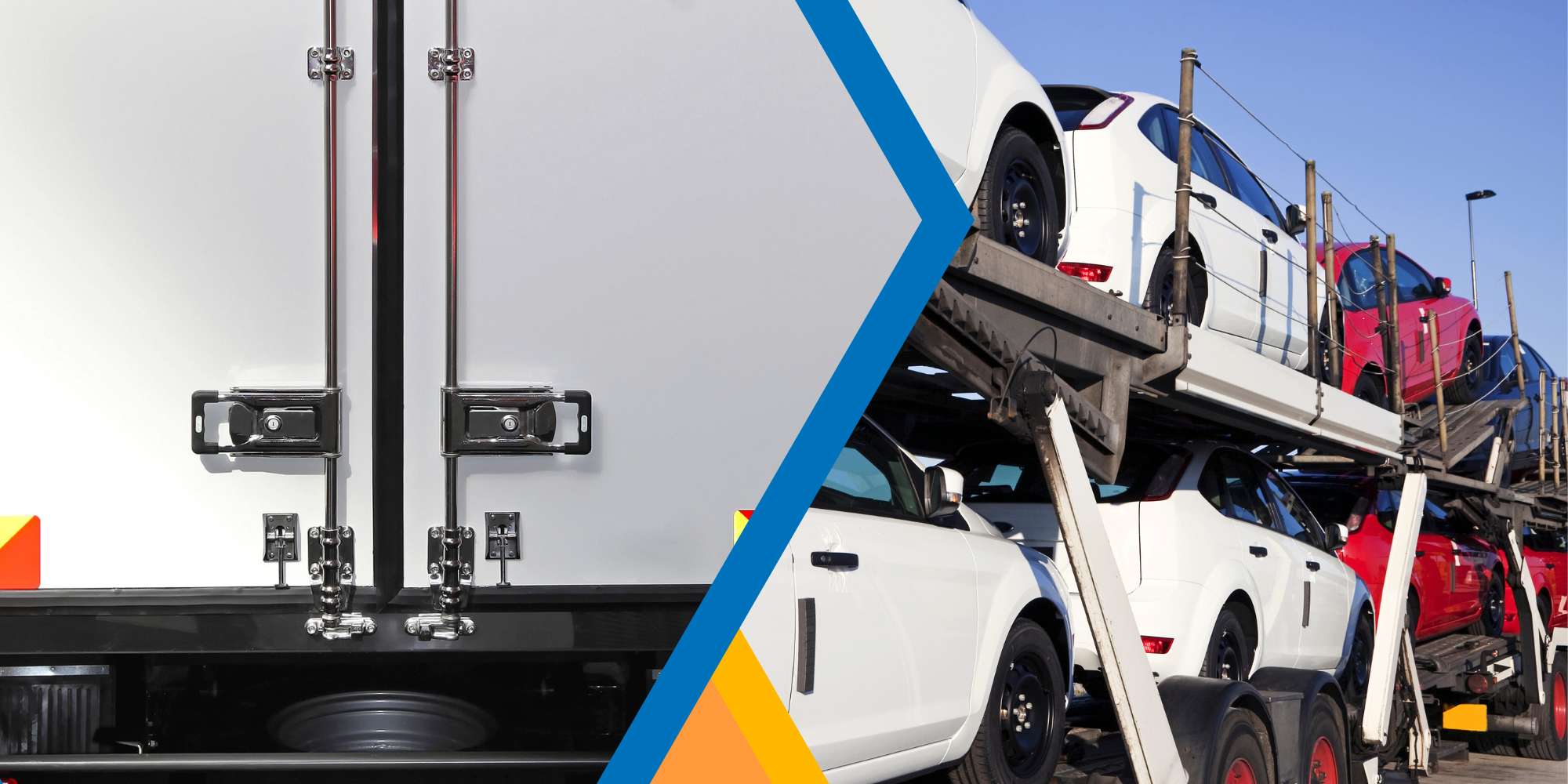Open vs. Enclosed Car Shipping: A Comprehensive Guide
When planning to ship your vehicle, one of the most important decisions is choosing between open transport and enclosed transport. Each method has its advantages and is suited for different types of vehicles and customer needs. Understanding the differences between these options can help you make the best choice for your car and budget.
What is Open Car Shipping?
Open car shipping is the most commonly used and affordable vehicle transport method. Cars are loaded onto open trailers, which are typically double-deck carriers capable of transporting between 7 and 10 vehicles at a time. These carriers are widely available, making it easier to book shipments and secure competitive pricing.
Advantages of Open Car Shipping
Cost-Effectiveness:
Open carriers are the industry standard, offering the most affordable rates. By transporting multiple vehicles simultaneously, carriers can spread operational costs across several customers.
Availability:
Open trailers are more abundant than enclosed carriers, providing greater flexibility in scheduling and routes.
Efficiency:
The ability to transport up to 10 cars on a single trailer makes open shipping cheaper and more efficient for standard vehicles.
Suited for Standard Vehicles:
Ideal for everyday cars, SUVs, and trucks that do not require special handling or protection.
Disadvantages of Open Car Shipping
Exposure to Elements:
Vehicles are exposed to weather conditions, such as rain, snow, and hail, as well as road debris. While damage is rare, the risk exists.
Less Privacy:
Cars on open carriers are visible to everyone on the road, which may be a concern for high-value or collectible vehicles.
What is Enclosed Car Shipping?
Enclosed car shipping is a premium service that offers complete protection for vehicles during transit. Cars are transported in fully enclosed trailers, shielding them from weather and road hazards. These carriers typically accommodate 2 to 6 vehicles, making them ideal for luxury, exotic, or classic cars.
Advantages of Enclosed Car Shipping
Protection from Elements:
Vehicles are completely shielded from rain, snow, UV rays, and road debris, ensuring they arrive in pristine condition.
Enhanced Security:
Enclosed trailers provide an extra layer of security, reducing the risk of theft or vandalism during transit.
Specialized Handling:
Equipped with hydraulic liftgates and advanced tie-down systems, enclosed carriers are designed to safely handle low-clearance and high-value vehicles.
Higher Insurance Coverage:
Carriers often provide increased insurance limits for enclosed shipments, offering peace of mind for owners of high-value vehicles.
Disadvantages of Enclosed Car Shipping
Higher Cost:
Enclosed transport typically costs 20-40% more than open transport due to limited capacity and specialized equipment.
Limited Availability:
Enclosed trailers are less common, which can result in longer wait times and less route flexibility.
Key Differences Between Open and Enclosed Transport
| Feature | Open Transport | Enclosed Transport |
|---|---|---|
| Cost | Most affordable option | 20-40% higher than open transport |
| Protection | Exposed to weather and debris | Fully protected from elements |
| Capacity | Up to 10 vehicles | 2 to 6 vehicles |
| Availability | High availability | Limited availability |
| Best For | Standard cars, SUVs, trucks | Luxury, exotic, or classic cars |
| Insurance Coverage | Standard coverage | Higher insurance limits |
When to Choose Open Transport
Open transport is the best choice for:
Standard vehicles used for daily driving.
Customers looking for the most affordable auto shipping option.
Routes with high carrier availability, such as major metropolitan areas or interstate corridors like I-95 and I-10.
When to Choose Enclosed Transport
Enclosed transport is ideal for:
Luxury Cars: High-value vehicles such as Bentleys, Rolls-Royce, or Aston Martins.
Classic or Collector Cars: Vintage or rare cars that require extra care.
Exotic Cars: Sports cars with low ground clearance, Ferraris, Lamborghinis, or McLarens.
Inclement Weather Shipping: When shipping during winter or in areas prone to extreme weather.
Cost Comparison
The cost difference between open and enclosed car transport is significant due to capacity and operating costs:
Open Transport: Lower costs because carriers can transport more vehicles at once (up to 10). Ideal for standard vehicles.
Enclosed Transport: Higher costs because enclosed carriers typically hold up to 6 vehicles, and specialized handling adds to expenses. Expect to pay 20-40% more for enclosed shipping.
Making the Right Choice
When deciding between open and enclosed transport, consider:
Your Vehicle Type: Standard cars are fine on open carriers, while high-value vehicles benefit from enclosed protection.
Your Budget: Open transport is more cost-effective, but enclosed transport offers peace of mind for valuable assets.
Weather Conditions: If shipping during winter or through areas with extreme weather, enclosed auto transport provides added safety.
Shipping Timeline: Open auto transport offers more scheduling flexibility due to higher carrier availability.
Why Choose Auto Transport Professionals?
With over 20 years of experience, Auto Transport Professionals (ATP) offers:
Price Lock Guarantee with no hidden fees.
Experienced carriers specializing in both open and enclosed transport.
Reliable service for all vehicle types, from standard cars to high-end collectibles.
Get a Free Auto Transport Quote Today
Whether you choose open or enclosed car shipping, Auto Transport Professionals has the expertise to handle your vehicle with care. Call us at (888) 222-2065 or use our car shipping cost calculator to get started.





